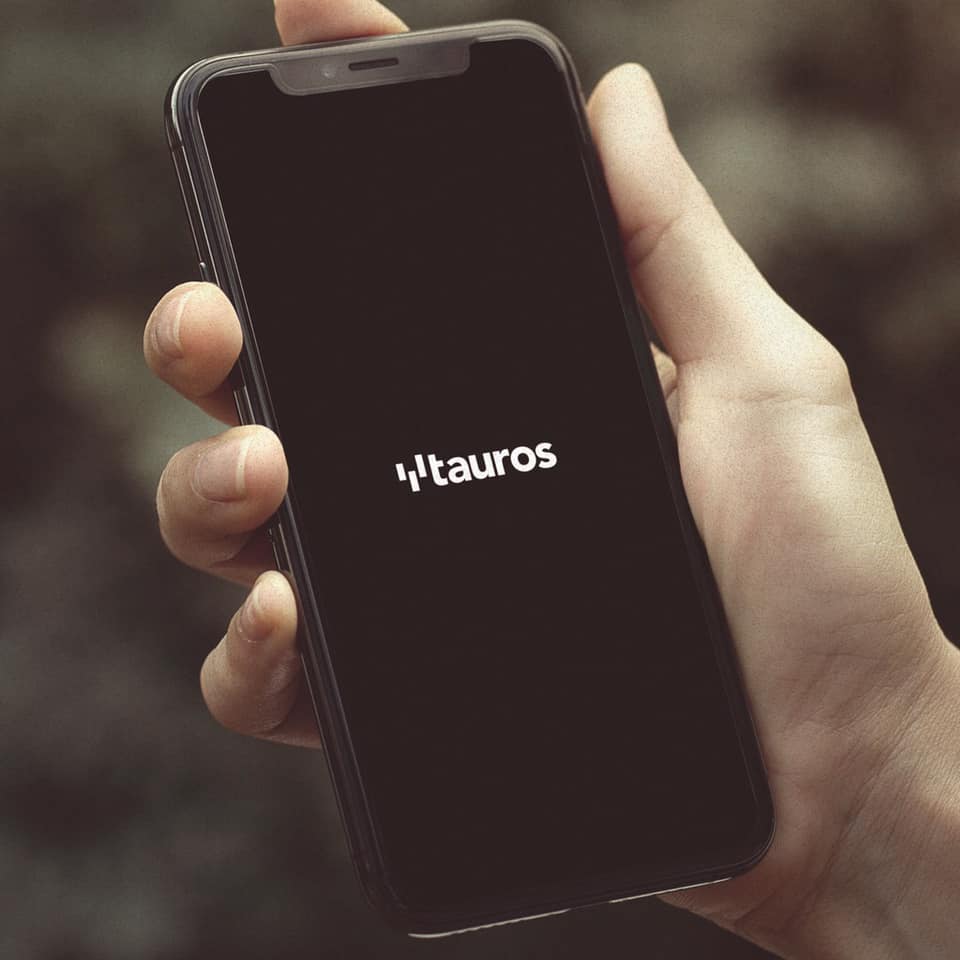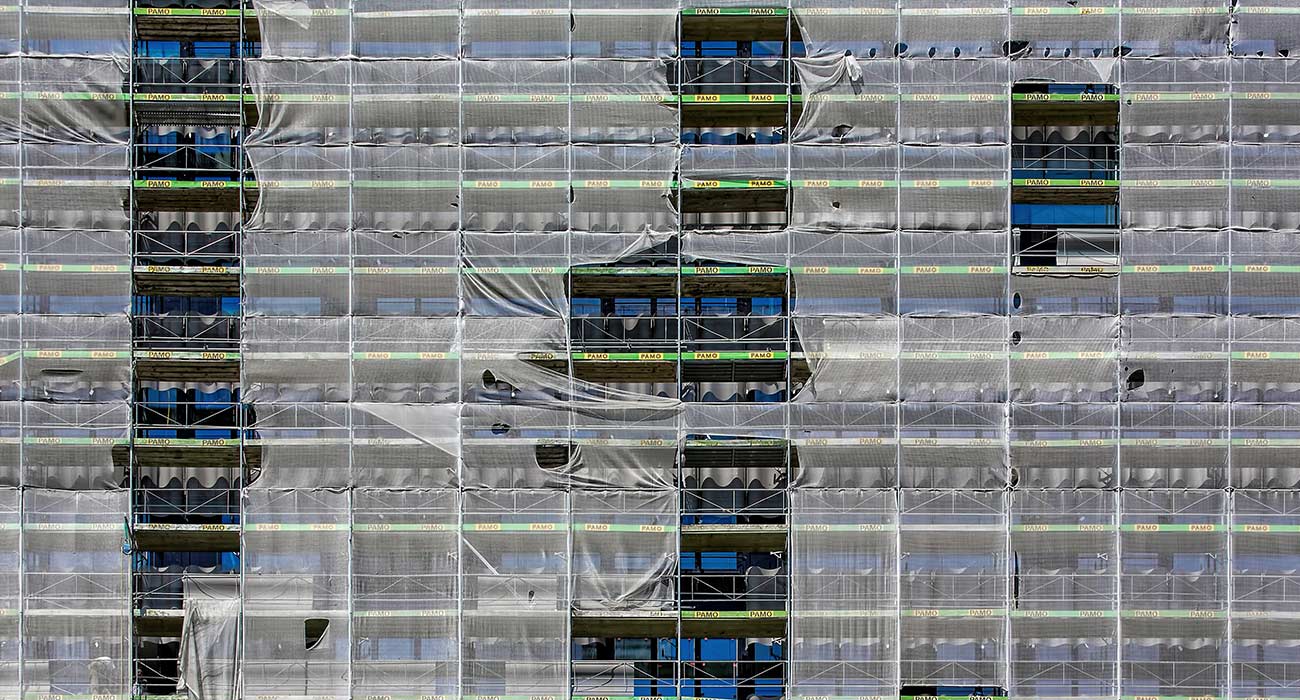Contxto – If you think either Petrobras, América Móvil, or even Walmex is Latin America’s largest company, think again, my friend.
Mercado Libre, Argentina’s dearest tech company has seen its stock surge in the past couple of weeks, mainly due to people’s reliance on its e-commerce and payment platforms, which seem to be contingency-resistant.
According to The Economist, the company’s market cap more than doubled during the pandemic, reaching the US$50 billion mark. Today (6), it’s tipping capitalization at US$60 billion.
MELI’s Nasdaq stock chart, as of August 6, 2020 (Source: Yahoo! Finance)
Big numbers, questionable multiples
Its increasingly close relationship with PayPal is taking the company to unforeseen levels. In fact, while many of us still think of it mainly as an e-commerce platform, its fintech business already accounts for more than 40 percent of its net revenue, according to its Q1 report.
There’s no denying that the company is setting the example that a Latam-focused company can reach those leagues by exclusively serving its region. The question— and this is something that I read many people arguing about—still lies on its potential overhype.
In fact, the company, though 21 years old, seems to be operating more like a 2010’s startup. Meaning, growth comes first, profit goes later.
For instance, the company billed over US$3 billion last year, yet it is still operating under losses for its third year in a row, which we could assume is being relieved by PayPal’s cash injection in the company last year.
Now, let’s remember the company is heavily investing in improved logistics throughout the region, so bear its Profit and Loss statement.
But when you take a look at its multiples, the company seems to be trading at over 23 Price/Sales and 2,800 Price/Earnings.
A publicly traded startup?
Those are very common startup-like multiples, except this is an older and public company, so it feels out of place. Think about it, it’s just like an adult showing up at a teenager’s birthday party. It stands out as weird.

These multiples certainly pose questions as to whether the company is undervalued and capable of sustaining its growth, despite the losses, or if it’s just a self-fulfilling prophecy created by investors themselves.
What’s my take? Both logistics and fintech are some of Latin America’s largest and deepest pain points. Though up until now, there has been a wide array of startups operating in those sectors, very few have been able to move the needle to create a long-lasting impact.
But Mercado Libre is one of those few.
Some reports seem to agree.
The Motley Fool recently wrote, “While its sales multiple may be high, the growth numbers could offer some justification for that valuation. Net revenue increased by 70.5 percent year over year on a currency-neutral basis. Total payment volume and gross merchandise volume also rose by 82.2 percent and 34.2 percent, respectively.”
PayPal and MELI: A love story
Flattering social media publications aside, the different partnership flanks between PayPal and Mercado Libre, seem to be paying off for both parties.
Two days ago, a report stated that the last quarter was PayPal’s “best, quarter, ever”. It would be an exaggeration to assert that this was exclusively due to its partnership with Mercado Libre, especially since it is pursuing similar strategies with Asia’s Gojek.
But at the same time, the developing stage of fintech adoption in Latin America surely accounts for a big chunk of their growth.
As Paypal’s Dan Schulman wrote over LinkedIn, “PayPal is now available as a payment option at online checkout at the more than 100,000 merchants where Mercado Pago, the region’s fast-growing digital payments network, is accepted throughout Brazil and Mexico.”
PayPal is now also at the disposal of Brazilian and Mexican merchants to use on the platform’s marketplace as an easy cross-border payment alternative.
“These developments open the door for PayPal’s more than 346 million customers around the world to shop at hundreds of thousands of new merchants in Latin America,” Schulman writes.
What do you think? Are you bullish or bearish on MELI? Is it overvalued, deriving from the temporary circumstances or does it still have more room to grow?
(Note: We haven’t activated our comments section yet. In fact, we are coming up with a fresh new UI soon, so in the meantime feel free to reply and follow the discussion on our LinkedIn and Twitter posts!)
—VC






